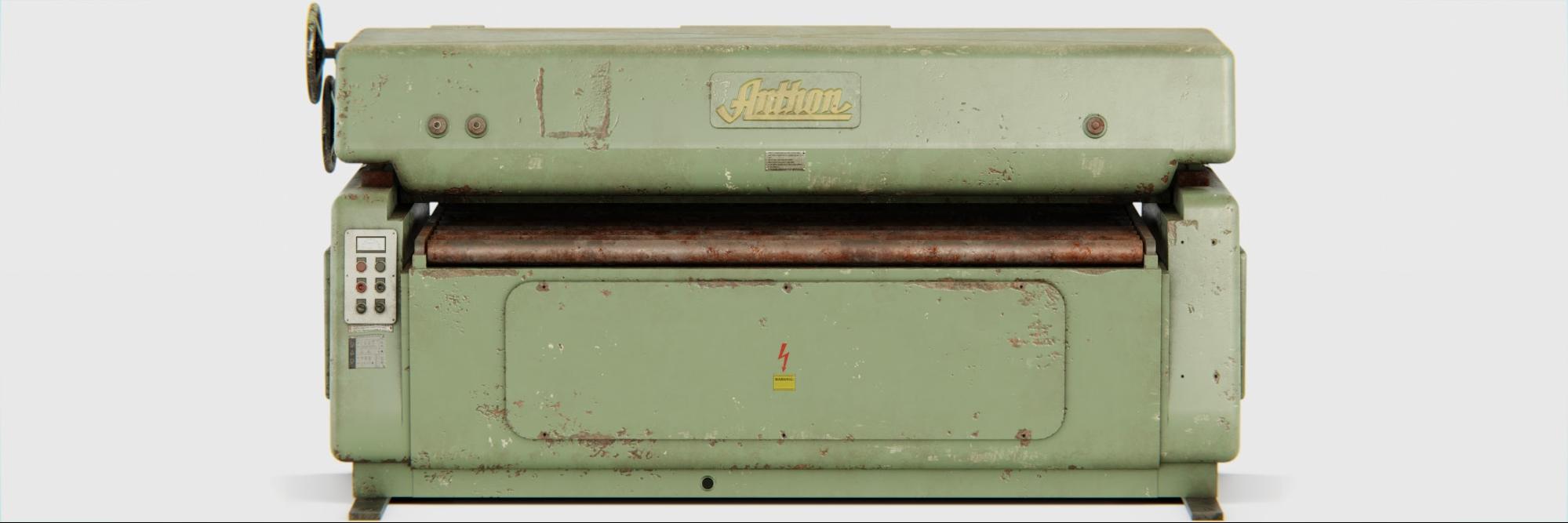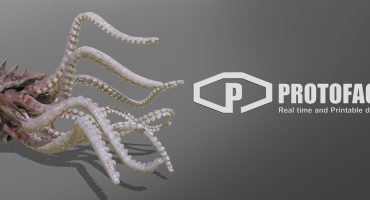Background
My name is Fabio Orsi and I’m an industrial designer based in São Paulo, Brazil. Back in 2004, as a kid influenced by computer games, I started creating 3D models of the furniture in the house in which I grew up. This became my passion and since then I try to record my memories and imagination in digital 3D.
I’ve worked mostly as a software developer in the medical industry for the past 3 years, creating tools for mesh processing, 3D visualization and 3D printing. In late 2018 I got an invitation to give a 3 month consultancy at a furniture factory in Smolensk, Russia, which I accepted.
In 2019, back in Brazil, I quit my old job and now focus entirely on my artistic career, working full-time as a freelancer and looking for an opportunity to grow in the 3D art industry.
Inspiration
As an industrial designer, I tend to explore real products and aim for photorealistic results. Design solutions for furniture, appliances, machines and tools from several companies have always amazed me. I’m heavily influenced by the objects surrounding me, so most 3D models I sell are somehow present in my life and were originally designed by others.
From the technical perspective, my inspiration comes not only from other artists but also from scientists and engineers in the academy and companies such as ID Software, Epic Games and Blender Foundation. John Carmack’s presentation on the physics of light and rendering, at QuakeCon 2013, definitely changed the way I looked at digital 3D and broadened my attention to the gears under the hood of artistic expression. Exploring the intersections between technology and art made it possible for me to better understand the tools available and even develop my own solutions.
Workflow
It all starts with a lot of reference pictures. I take photos of the object or search for these references online. I also look for official documents, such as user manuals and datasheets, to check the dimensions and sometimes even setup the correct materials. I gather all these references in PureRef, a simple and free image reference viewer.
During school and college years, I used Autodesk software under a Student License. However, when I decided to sell my artwork I had to either purchase a commercial license or learn a free software alternative. I‘ve been a Linux user for over a decade and Autodesk software was the main reason for me to keep dual-boot with Windows. Learning how to use Blender in Linux was the perfect solution.
I use Blender mainly for modeling, adjusting UVs, rendering and post-processing. The new real-time renderer, EEVEE, has become my main render engine due to its advanced graphics quality. Its shaders are compatible with the Cycles renderer, so with little or no adjustments I can quickly preview the results for real-time and offline rendering. This technique allows me to make models that are suitable for high quality renders, real-time archviz and games, all at the same time.
To paint textures I use Substance Painter. This tool is very good to speed up the process of creating all Physically-Based Rendering (PBR) textures at once. I tried other free alternatives over the years, but when Allegorithmic released Substance Painter for Linux I purchased a license and started using it commercially.
Pricing and Promotion
I started selling my work in 2012 as a way of increasing my earnings during college. I didn’t make any new 3D models for sale for a long time, while working as a developer, and just now I’m back to creating assets. I am also remaking old 3D models to adapt them for the current industry standards.
As an artist who worked on freelance projects for over a decade, I feel the need for accessible prices when I’m looking for an asset to buy. For this reason, I also try to keep my prices accessible. I try to complete new 3D models and remake the old ones in less than 2 days, this way I can keep prices low.
To promote my work I use Sketchfab, ArtStation, Behance and other marketplaces. I always embed a Sketchfab viewer in other platforms because I believe it is the best tool available for promoting and previewing 3D models. I also try to promote my work by adding renders from other real-time engines, such as Unreal Engine 4 or EEVEE, and offline render engines, such as Cycles. The main objective is to let customers see how my products will look in their own applications.
Sketchfab is great to share 3D models especially because of its versatility, ease of use and render quality. Being a web-based platform, it is accessible to customers with any level of experience in technology, using any major mobile or desktop operating system. Setting up new models is very easy due to standard nomenclature and intuitive UI. Simple yet complete, all settings for Materials, Lighting and Post-Processing make it possible to achieve amazing results, sometimes superior to popular game and offline engines.
I am constantly trying to increase the quality of my work and to learn new techniques. I enjoy reading both negative and positive critiques as this is a good way of improving myself. If you wish to see more of my work, feel free to visit my Sketchfab Store and leave your comments and suggestions. I’ll be glad to read and answer them. Thanks for reading a little bit about me and my work! I hope you enjoyed.









